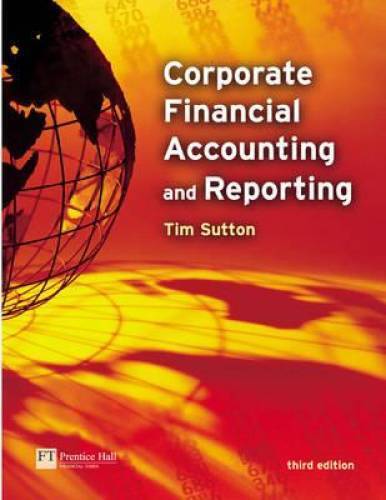Depreciation, profits and cash flow Sensing that the business world would profit from closer acquaintance with his
Question:
Depreciation, profits and cash flow Sensing that the business world would profit from closer acquaintance with his fables, Aesop decides to launch a management consulting firm. It begins trading on 1 January year 1 with cash and capital of 100 and immediately acquires, for cash, office equipment costing 75. Trading is all cash-based:
year 1 revenues are expected to be 200 and year 1 expenses (other than depreciation) 150. No dividend will be paid to shareholders that year.
The equipment has an expected useful life of five years. The company can depreciate the equipment using either straight-line or accelerated depreciation. Under the SL method, annual depreciation is 15. Under the accelerated method, depreciation is 30 in the first year (and 18, 11, 8 and 8 in the remaining four years).
The company’s choice has tax consequences, however. Under the country’s tax code, it must use the same depreciation method to calculate its income tax liability as it uses in its published accounts.
Its tax position in year 1 is uncertain. It may be able to avoid tax altogether. At the other extreme, it may have to pay it at the full rate of 40%.
Required
(a) Aesop asks Leopard, a new employee, to investigate the effects of different depreciation and tax assumptions on the company and to draw up projected year 1 accounts using the framework in Exhibit 8.8.
The two depreciation alternatives are the SL method and the accelerated method. The two tax assumptions are tax rates of zero and 40% respectively. Help Leopard complete the exhibit.
(b) After preparing the projected accounts, Leopard reckons the numbers all tell the same story. The company should select the SL depreciation method because reported profit is higher under this method at tax rates of zero and 40% and, as far as he can see, at all tax rates in between. Do you agree with his conclusion?
AppenedixLO1
Step by Step Answer:





